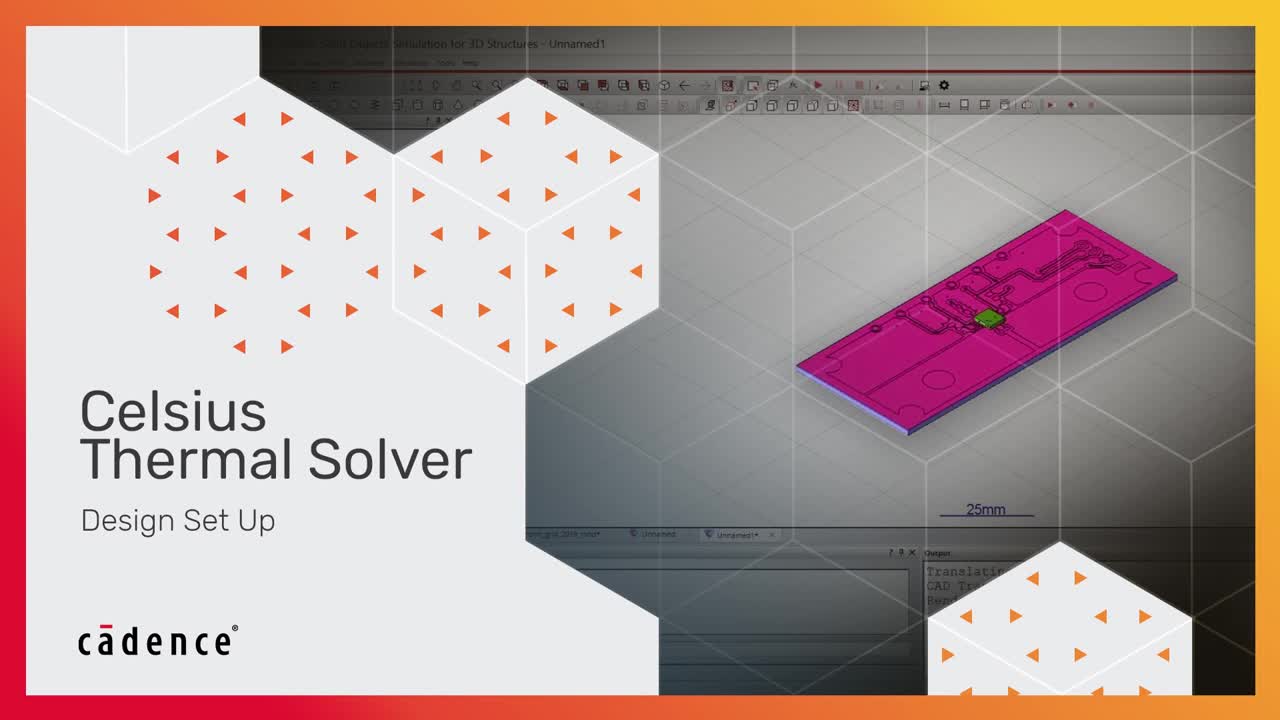The Different Types of Thermal Sensors
Key Takeaways
-
A device that measures the temperature of a system or space is called a thermal sensor.
-
Thermocouples are the most commonly-used thermal sensors in industrial, automotive, and consumer applications.
-
IR sensors are electronic sensors that detect temperature by emitting IR radiations.
A non-contact thermometer is a type of thermal sensor
Thermal sensors are everywhere: in our kettles, refrigerators, microwaves, and water heaters. Throughout the COVID-19 pandemic, non-contact thermal sensors have been used to check temperatures. Thermal sensors are also present in medical systems, food processors, boilers, and petrochemical systems. Given their wide variety of applications, there are many types of thermal sensors, all different in their responsiveness and accuracy. Let’s discuss a few common types of thermal sensors and the important role they play in electronics.
The Role of Thermal Sensors
Most electronic components are rated to operate under a range of temperatures. However, an electronic component’s performance can get derated with an increase in temperature from a specified ambient. When the temperature crosses the allowable maximum limit, the component gets damaged due to heating or thermal runaway. Because of this, thermal characteristics play a significant role in the component selection of electronic circuits. In automotive, industrial, and consumer electronic applications, performance and reliability are maintained with the help of thermal sensors.
Types of Thermal Sensors
All thermal sensors measure the temperature of a system or space. Their main purpose is to ensure systems are not overheated and to compensate for temperature-dependent electrical parameter changes. The specific type of thermal sensor is selected depending on the responsiveness and accuracy required in the system. Thermal sensors can be classified as:
Thermocouples
A thermocouple is a non-linear thermal sensor. The sensitivity and temperature ranges of the thermocouple vary with the types of metals bound together. The accuracy of thermocouples is very low, but they offer a broad range of operation, from -200℃ to 1750 ℃.
Thermocouples are the most commonly-used thermal sensors in industrial, automotive, and consumer applications. They work on the principle of the Seebeck effect—the phenomenon in which the temperature difference between two dissimilar metal wires produces a voltage difference. The voltage difference is proportional to the temperature change. A look-up table is used to convert the voltage difference to temperature measurements.
Resistance Temperature Detectors (RTD)
In RTDs, change in resistance is used for sensing temperature. RTDs require that materials have a well-defined resistance-temperature relationship. Platinum is the best material for RTDs because of its linear relationship between resistance change and temperature variation. Platinum RTDs are stable, accurate, and have repeatability in measurement, with a range of operation from -270℃ to 850℃. Other materials used in RTDs are nickel and copper, but the accuracy is lower with these metals.
Thermistors
Like RTDs, thermistors also make use of resistance in temperature measurements. Thermistors use polymer or ceramic materials instead of platinum and copper, which make them cheaper, but less accurate, than RTDs. There are two types of thermistors:
- Negative temperature coefficient (NTC) thermistors - In this type of thermistor, the change in resistance is inversely proportional to the temperature variation.
- Positive temperature coefficient (PTC) thermistors - In this type of thermistor, the change in resistance is directly proportional to the temperature variation.
Thermometers
Thermometers are used to measure the temperature of any glass solids or liquids. Temperature measurements are proportional to the volume change of the temperature sensing element filled inside the thermometer. The accuracy of a thermometer depends on the size of the device and the fluid used as the temperature sensing element.
Infrared (IR) Sensors
IR sensors are electronic sensors that detect temperature by emitting IR radiations. They are non-contacting type thermal sensors. In IR sensors, the user makes the trade-off between cost and accuracy; the higher the cost of an IR sensor, the higher its accuracy.
Semiconductor Thermal Sensors
Semiconductor thermal sensors are available as temperature sensor ICs. These ICs detect the temperature variation from the change in output quantities such as current, voltage, resistance, etc. Semiconductor thermal sensor ICs are highly accurate and linear over the temperature range of 55℃ to 155℃.
A clear understanding of the types of thermal sensors is essential for selecting a suitable thermal sensor for your application without compromising accuracy and responsiveness. Cadence software, like the Celsius Thermal Solver featured in the video below, can help you with the thermal analysis of electronic boards.

Subscribe to our newsletter for the latest updates. If you’re looking to learn more about how Cadence has the solution for you, talk to our team of experts.